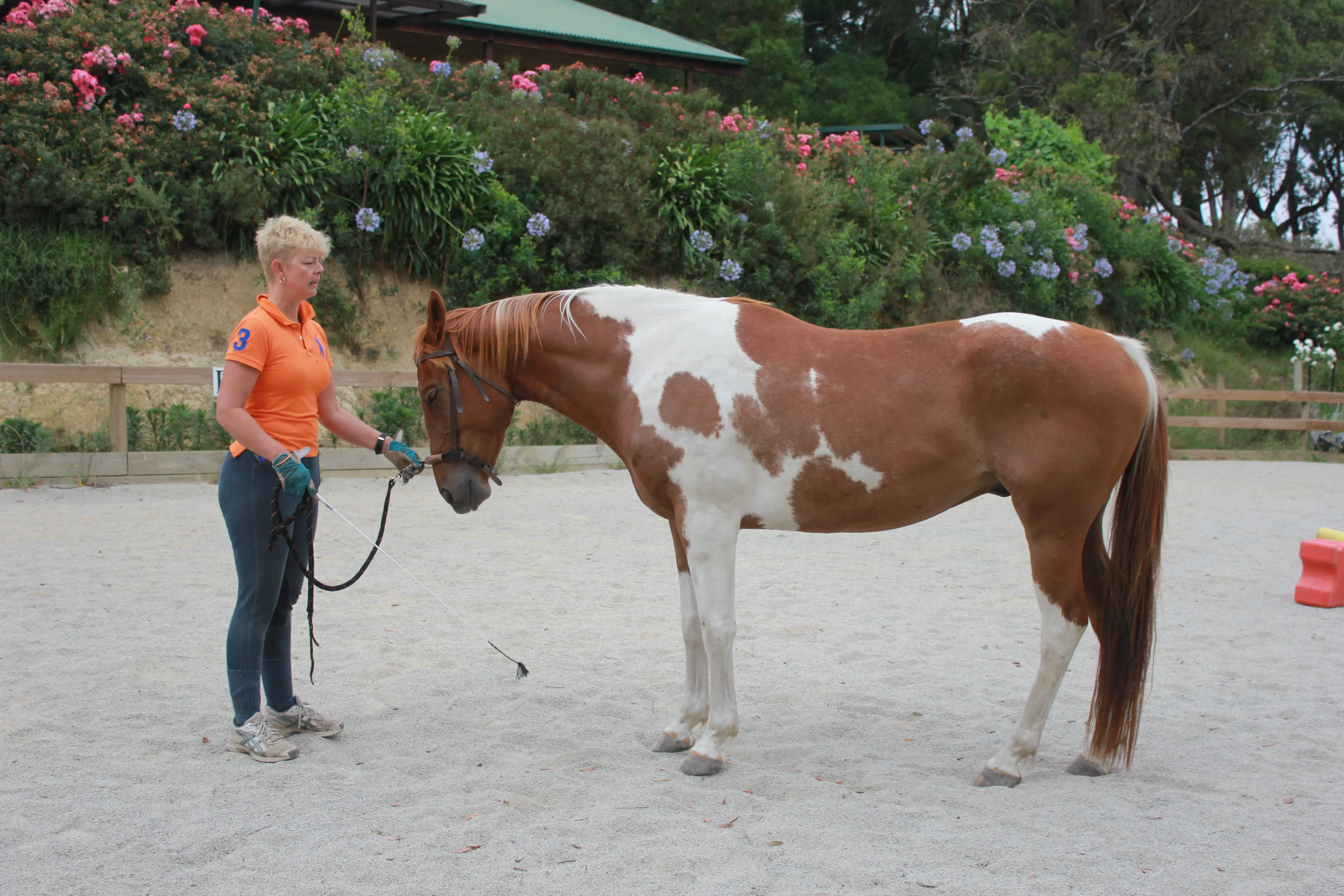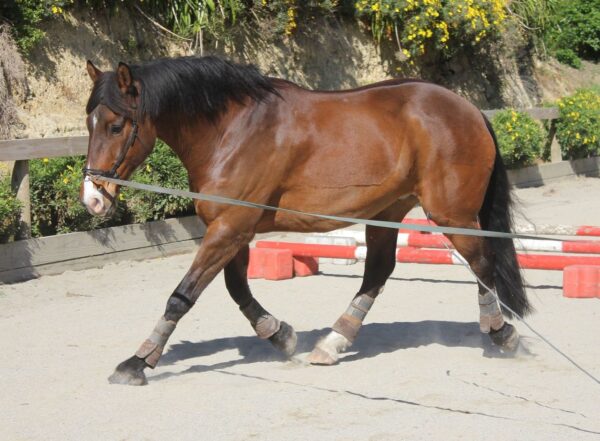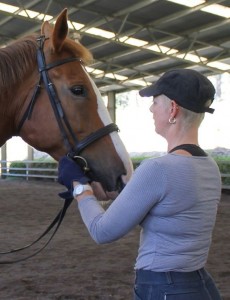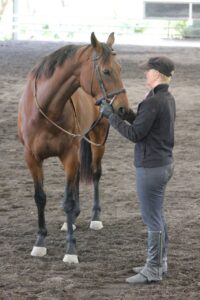Horse Training





Since 1993 Avoca Park Equestrian has developed a facility where horse and rider want for nothing and training is at the fore-front of ALL our working with horses and their humans .
At Avoca Park Equestrian, we are dedicated to the art of horse training, drawing on over 35 years of experience and a deep passion for equine development.
Founded by Leanne, whose journey has included working with thousands of horses, our program is built on the understanding that every horse teaches us something new.
Leanne's impressive credentials include representing Victoria and Australia in Dressage, achieving qualifications through every level up to Level 3 Dressage with Equestrian Australia, and earning her Legerete Level 1 Licence under the esteemed Philip Karl and his School of Legerete.
Our training philosophy is rooted in a thorough understanding of equine bio-mechanics.
We believe that by optimizing a horse's physical symmetry, we can enhance their performance and longevity in ALL disciplines — be it dressage, jumping, racing or general exercise.
At Avoca Park Equestrian, we strive to create a harmonious partnership between horse and rider, ensuring that each horse reaches its full potential while enjoying a fulfilling and healthy life.
She has created a 5 Step program that will benefit ALL horses, riders and trainers.
1. Cavesson work
2. Lunging including Cavelletti
3. Mouthing Process
4. In Hand
5. Mounting & Ridden
Join us in this journey of growth, learning, and excellence in equestrianism.
Training Fees:
$90* per day
or
A week of training (& Agistment): $650* (per week)
*All prices listed above do not include our “Feed Fee”. Avoca Park uses our Feed Analysis Calculator to calculate the exact cost of feeding each horse on site. We do not charge any more than our cost price.
When Booking:
There is an upfront holding fee deposit of $200, we will send out an invoice after we receive your application. The $200 will be deducted from your training fees upon further invoice. We will ask for an upfront payment of 3 weeks prior to the arrival of your horse and then charge in up to 3 week invoices ongoing.
Weanling Foundation Training

Our Foundation Training introduces weanlings to all the necessary basics of life that they will need as a well-trained adult horse.
Duration: 3 weeks (Recommended)
Includes:
**Catching & Leading
**Tying Up
**Handling Legs & Hooves
**Washing & Rugging
Training in Lightness

Performance Horse Training is for horses of all levels and is based on improving the education, rideability and athletic performance of your horse.
Horses are worked 5 days per week and training is tailored to you and your horse's needs.
We use cavalletti and have a 250m track and trails to hack out on with an obstacle course to mix it up.
Other Training Issues/Rehab

Does your horse have problem behaviours in-hand and/or under saddle?
Is your horse difficult to bridle?
Or difficult to mount?
Is your horse 'lazy' or 'pushy?'
Do they feel crooked, tense or nervous?
Our program for training issues is tailored to you and your horse's specific needs....
Duration: Depending on horse. Minimum 2 weeks
Float Training

At Avoca Park, we have created a training program for teaching horses to load on and off floats and trucks.
Our systematic process enables horses to fully understand that they won't be forced, but educated into understanding it is choice.
Our step by step system allows horses the time to confident in the whole loading process.
Dressage in Lightness Online

Dressage in Lightness Online is a platform designed by Leanne Williams which is dedicated to helping owners train their own mounts in safe and productive steps.
It is an online educational platform with over 500 videos of Leanne working with horses from the moment they arrive on the property for training until the final day they leave.
There is FULL TRANSPARENCY in our program.
What is involved in Leanne William’s Training...
Leanne has dedicated her life’s work to the best and kindest training procedures for the most successful results.
It all starts with 5 simple steps...
Cavesson Work

Lunging Inc Cavalletti

Mouthing Process

In-Hand Work

Mounting & Riding
















